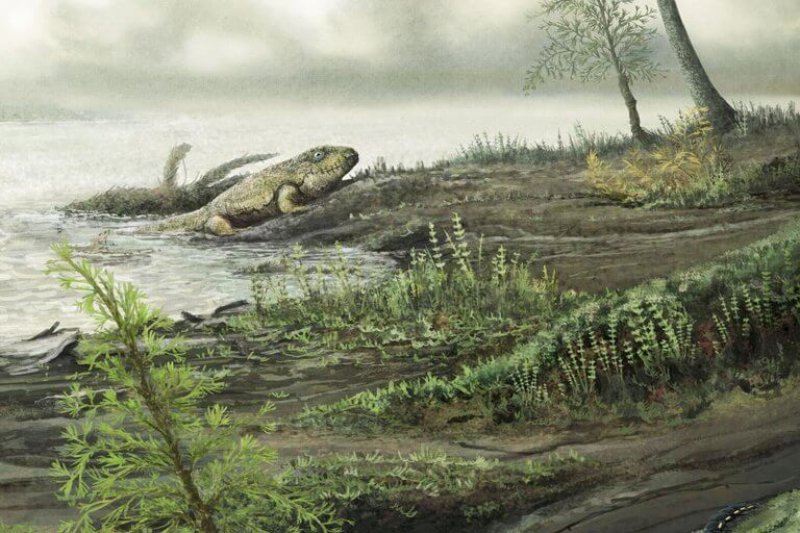An ice-free corridor between the Americas and Asia opened up about 12,500 years ago, allowing humans to cross over the Bering land bridge to settle what is now the United States and places beyond to the south. History books have conveyed that information for years to explain how the Americas were supposedly first settled by people, such as those from the Clovis culture.
At least one part of the Americas was already occupied by humans before that time, however, says new research on the skeleton of a male youth found in Chan Hol cave near Tulúm, Mexico. Dubbed the Young Man of Chan Hol, the remains date to 13,000 years ago, according to a paper published in the journal PLOS ONE.
…
During the lifetime of the Young Man of Chan Hol, the sea level of the area was much lower than it is now. As a result, the researchers think that the cave system near Tulúm would have been dry and accessible from at least 100 feet below present levels.
“In consequence, the entire area must have been considerably drier than today,” [lead author Wolfgang] Stinnesbeck said. “Instead of a coverage by jungle, there must have been dry savannas, and surface water was absent.”
The GLP aggregated and excerpted this blog/article to reflect the diversity of news, opinion, and analysis. Read full, original post: The Oldest Known Human Remains in the Americas Have Been Found in a Mexican Cave































